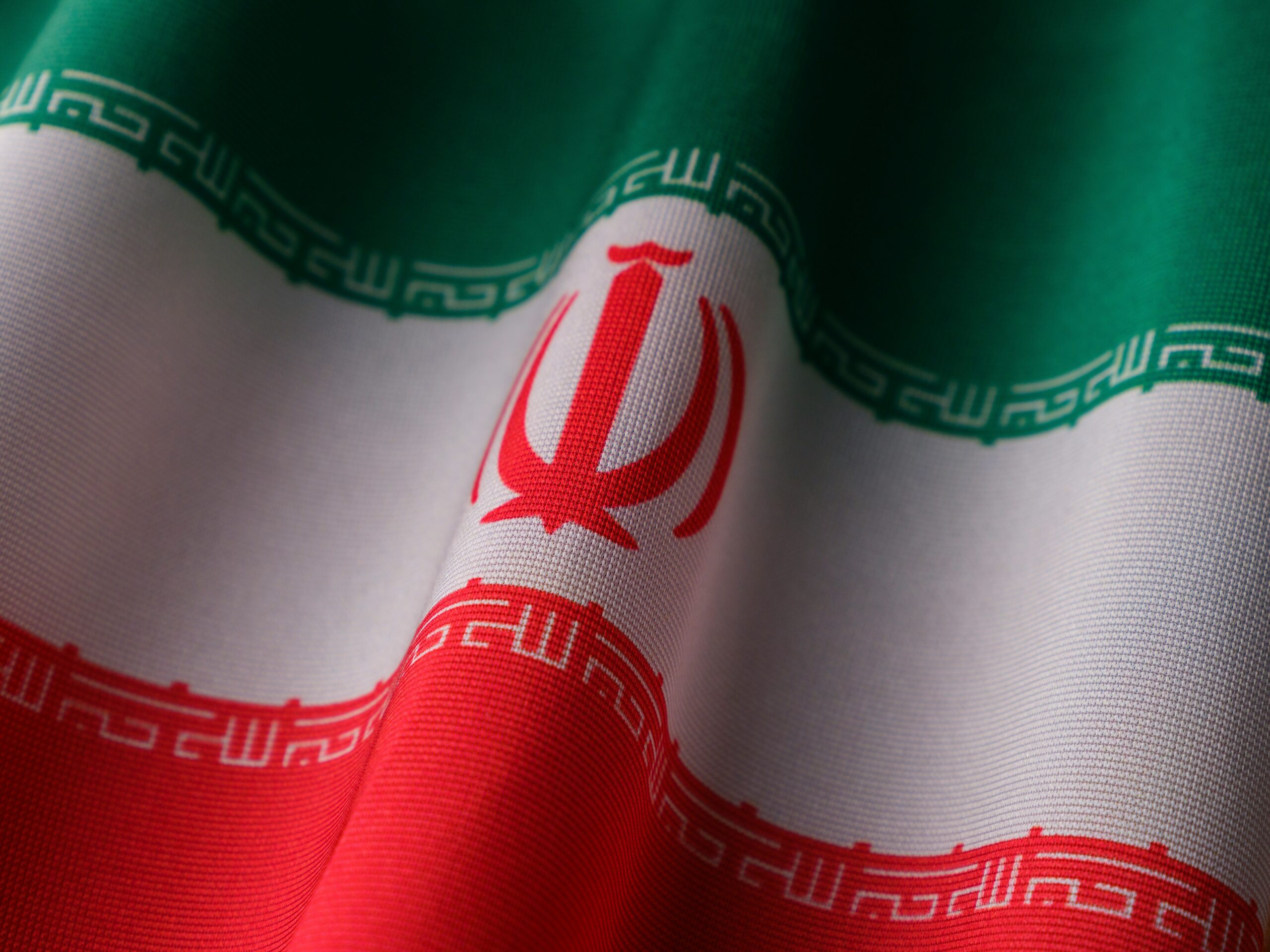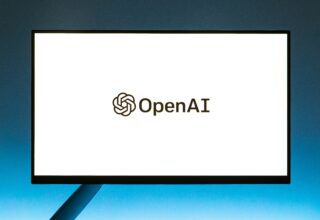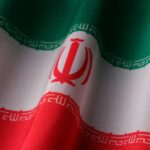By becoming a member of our site, you can add the content you like to your favorites, and present the content you have produced or liked on the internet to our site visitors with the send content option.
Zaten bir üyeliğiniz mevcut mu ? Giriş yapın
By becoming a member of our site, you can add the content you like to your favorites, and present the content you have produced or liked on the internet to our site visitors with the send content option.
You Can Benefit from All Options Exclusive to Our Members by Registering

Next Content:
Introducing Iran’s President: Ebrahim Raisi
Financial Futures in the Shadow of Iran’s Nuclear Aspirations

As Iran’s nuclear ambitions continue to cast a shadow over global geopolitics, financial markets remain vigilant, assessing the potential implications of these aspirations on economic stability and investment prospects. The intersection of Iran’s nuclear program and financial futures underscores a complex interplay between political tensions, diplomatic negotiations, and market sentiments.
The prospect of Iran attaining nuclear capabilities has far-reaching ramifications for regional security and international relations, influencing investor confidence and market dynamics. Heightened geopolitical tensions often translate into volatility in financial markets, as uncertainty regarding the outcome of negotiations and potential responses from other nations looms large.
Moreover, the specter of sanctions adds another layer of complexity to Iran’s financial landscape. Historically, economic sanctions imposed on Iran in response to its nuclear activities have disrupted trade flows, restricted access to global financial systems, and constrained economic growth. As such, investors closely monitor developments related to sanctions regimes and their impact on various sectors, including energy, finance, and technology.
However, amidst the uncertainties, opportunities may emerge for astute investors. As diplomatic efforts to address Iran’s nuclear program progress, the prospect of sanctions relief and the reopening of Iranian markets could present new avenues for investment and trade. Industries such as energy, infrastructure, and consumer goods may stand to benefit from increased economic activity and market integration.
Nevertheless, prudent risk management remains essential, given the inherent uncertainties surrounding Iran’s nuclear aspirations and the geopolitical dynamics at play. Diversification strategies, hedging instruments, and staying informed about geopolitical developments can help mitigate potential risks and capitalize on emerging opportunities in Iran’s evolving financial landscape.
In conclusion, Iran’s nuclear ambitions cast a long shadow over financial futures, shaping market sentiments and investment strategies. While challenges and uncertainties persist, proactive risk management and a nuanced understanding of geopolitical dynamics can enable investors to navigate the complexities and seize opportunities in Iran’s evolving economic landscape.
We offer our respects and wish you a good reading. – Who Learns What? Team
- On-Site Comments































